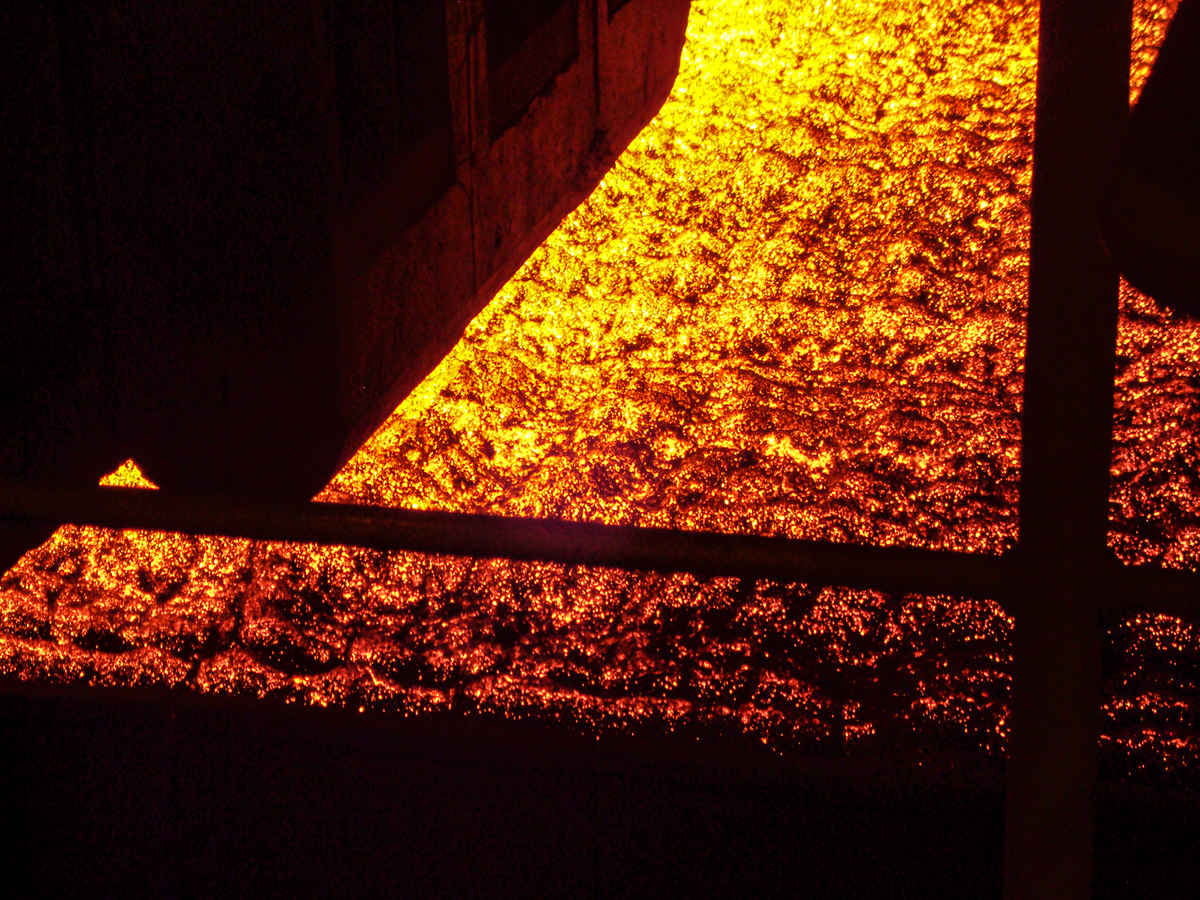Introduction
To transform the iron and steelmaking processes from the integrated blast furnace-basic oxygen furnace (BF-BOF) route to the route direct reduction-electric arc furnace (DR-EAF), the existence of both routes at one steelmaking site is possible within the next 2 decades.
By operating a DR plant using existing infrastructure of an integrated site, the sintering process of the iron ore should be modified. The goal is to produce a sinter quality, that can be reduced efficiently in a DR shaft.
Apart from that, the current integrated route needs further investigation in terms of resource efficiency and environmental impact of the BF process. To support the production of climate-neutral steel, emissions of gaseous pollutants other than carbon dioxide from the BF also need to be investigated. There are still unanswered questions about the behavior of sulfur in the BF process, e.g., when using lower-quality raw or recycling materials. The quality of the starting material varies which leads to uncertainties in the process. It is of great interest for steelmakers to use low-cost materials with sulphur to maximize recycling. At the same time, process stability and product quality should be maintained to ensure a high level of competitiveness.
Objectives and Motivation
- Quantification of the possibility to control the iron containing compounds in the final sinter product to obtain a sinter, which has the suitable quality for a DR plant.
- Investigation of the influence of sulphur components (e.g., sulphides, sulphates) in the BF process
- Identification of bottlenecks and control measures regarding sulphur behavior in the process and study correlations between raceway and changing charging strategies considering circularity effects (use of certain recycling materials)
Methodology
- Experimental sintering trials with a lab-scale test rig with different sinter feed mixtures using standard sinter as well as alternative non-conventional sinter mixtures, e.g., with varying contents of iron ore concentrate, coke breeze etc.
- Evaluation of the sinter quality, e.g., with a focus on the iron containing compound content in the final product using e.g., light microscopy, scanning electron microscopy (SEM), X-ray diffraction (XRD)
- Reduction trials of the produced sinter and determination of the Reduction Disintegration Index (RDI) under reduction conditions of a direct reduction shaft
- Sinter pot tests to study the impact of different sulphur content in the feed materials on sinter quality
- Lab-scale test to study the softening and melting properties of ferrous materials and to determine reduction time and degree
- Multi zone FactSage® BF model to evalaute the interaction between sulphur and alkalis considering cycles of alkali compounds with silicates, cyanide, and carbonates in the BF
Results and Application
To produce a suitable sinter for a DR plant, the possibilities for modifying the sintering process should be described. In view of this, deeper knowledge of the iron oxide development during the DR process is expected.
In the further course the influences of the sinter properties (grains size, content of iron oxides, porosity) on the reduction behavior of a modified sinter under reducing conditions in a direct reduction shaft shall be shown.
Regarding the sulphur behavior and control in the BF, deeper understanding about the slag dripping behavior should be available. From this, possible indications of BF stability can be derived. Guidelines for the reduction and control of the sulphur cycle in the BF will be defined. Furthermore, optimized charging practices shall be defined with indication of the effects on sulphur distribution through the composition of BF top gas, dust, sludge, slag and hot metal.

 DE
DE EN
EN![[Translate to English:]](/fileadmin/_processed_/4/0/csm_recycle49_weiss_b776401e10.png)


